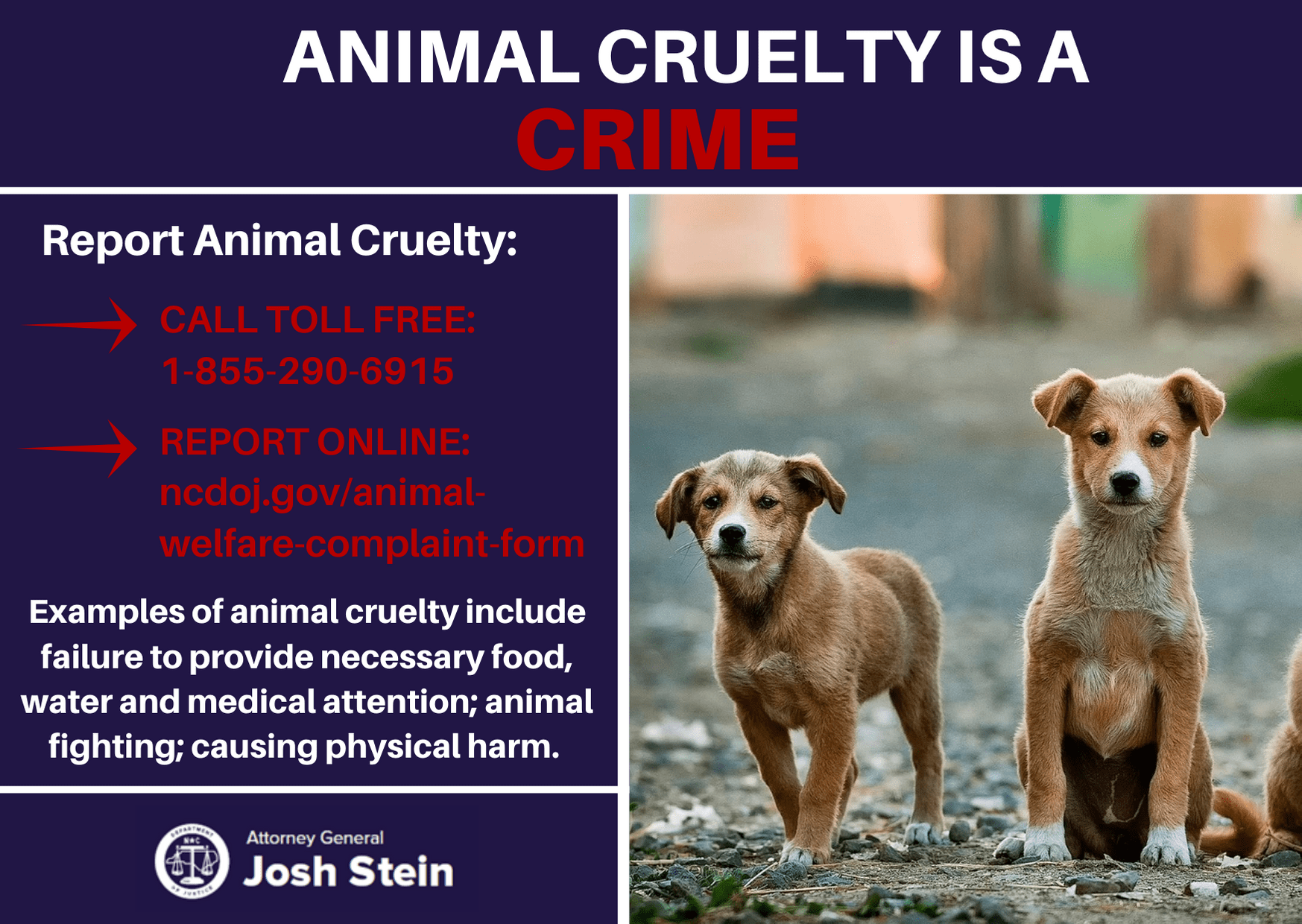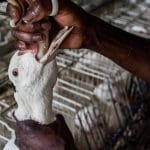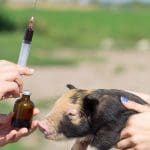Animal cruelty and child abuse are interconnected forms of violence that reveal troubling patterns within society. Research increasingly shows how these acts often stem from similar underlying factors, creating a cycle of harm that impacts both human and animal victims. Recognising this connection is essential for developing effective strategies to prevent abuse, protect the vulnerable, and promote empathy across communities. This article examines the shared risk factors, psychological effects, and warning signs associated with these issues while highlighting ways professionals and advocates can collaborate to address them. By understanding the link between animal cruelty and child abuse, we can work towards meaningful change that safeguards lives and fosters compassion
Animal cruelty and child abuse are two horrific acts that often go hand in hand, leaving a trail of suffering and trauma in their wake. While most people are aware of the devastating impact these crimes have on their victims, few recognize the deep connection between them. In recent years, there has been an increasing focus on the link between animal cruelty and child abuse, with researchers and experts from various fields shedding light on this complex issue. From shared risk factors to potential warning signs, the parallels between these two forms of violence are striking and cannot be ignored. As such, it is imperative to examine this connection in order to better understand and address these heinous acts. In this article, we will delve into the intersection between animal cruelty and child abuse, exploring the factors that contribute to this link and the implications it has for our society. By shedding light on this often-overlooked connection, we hope to raise awareness and inspire action towards creating a safer and more compassionate world for both humans and animals.
Linking animal cruelty to child abuse
Numerous studies and research have pointed towards a disturbing connection between animal cruelty and child abuse. This correlation highlights the importance of recognizing the alarming patterns and addressing them promptly to protect both vulnerable animals and children. By delving into the complexities of this link, professionals in the fields of psychology, social work, and law enforcement can gain a deeper understanding of the underlying factors that contribute to both forms of abuse. The recognition and understanding of this connection can lead to more effective prevention strategies, early intervention, and appropriate interventions for victims. Moreover, it emphasizes the need for interdisciplinary collaboration and cooperation among various agencies and organizations to ensure the safety and well-being of both animals and children within our communities.

Understanding the cycle of violence
To fully comprehend the intricate dynamics of animal cruelty and child abuse, it is crucial to examine the cycle of violence that perpetuates these harmful behaviors. The cycle of violence refers to the repetitive pattern of abusive behavior that can often span generations. It typically begins with the exposure of a child to violence, either as a witness or a victim, which normalizes aggressive behavior and distorts their understanding of healthy relationships. As these children grow older, they may become more susceptible to engaging in abusive acts themselves, perpetuating the cycle. This cycle is reinforced by factors such as social and environmental influences, lack of education, and limited access to resources for intervention and support. Understanding this cycle is essential in developing comprehensive prevention and intervention strategies that can break the cycle and protect vulnerable individuals from experiencing further harm.
Impact of witnessing animal abuse
Witnessing animal abuse can have a profound impact on individuals, particularly children, who are exposed to such acts of cruelty. Research has shown that exposure to animal abuse can lead to negative psychological and emotional consequences, including increased levels of anxiety, depression, and post-traumatic stress disorder. Witnessing animal abuse can elicit feelings of helplessness, sadness, and anger, as individuals may struggle to comprehend the senseless and cruel treatment of innocent creatures. Moreover, witnessing animal abuse can desensitize individuals to violence and normalize aggressive behaviors, perpetuating a cycle of harm. It is crucial to address the impact of witnessing animal abuse as a significant factor in the broader context of preventing child abuse and promoting a compassionate and empathetic society. By recognizing the interconnectedness of animal cruelty and child abuse, we can work towards comprehensive strategies that protect both vulnerable animals and children, breaking the cycle of violence and fostering a culture of empathy and respect.
Identifying warning signs in children
In order to effectively prevent and address child abuse, it is essential to be able to identify warning signs in children that may indicate they are being subjected to abuse or are at risk. While each child may display different signs, there are several common indicators that professionals and caregivers should be aware of. These warning signs can include unexplained injuries or bruises, sudden changes in behavior or mood, withdrawal from social activities, difficulty concentrating, and a fear of going home or being around certain individuals. Additionally, children who have been exposed to animal cruelty may exhibit specific signs such as cruelty towards animals themselves or an excessive preoccupation with violence. It is crucial for adults to remain vigilant and attentive to these signs, and to take appropriate action by reporting any concerns to the relevant authorities or seeking support from child protection agencies. By proactively identifying and addressing warning signs in children, we can play a crucial role in protecting their well-being and ensuring a safe environment for their growth and development.
Psychological effects on victims
the psychological effects on victims of child abuse and animal cruelty, we can better understand the lasting impact these traumas can have on individuals. Research has shown that both child abuse and animal cruelty can lead to a range of psychological disorders, such as post-traumatic stress disorder (PTSD), depression, anxiety, and dissociation. Victims may experience feelings of shame, guilt, and low self-esteem, as well as difficulties in forming and maintaining healthy relationships. Additionally, these traumatic experiences can contribute to the development of maladaptive coping mechanisms, including self-harm and substance abuse. It is crucial that professionals in the fields of psychology, social work, and law enforcement recognize and address these psychological effects, providing necessary interventions and support to help victims heal and rebuild their lives. By bridging the gap between animal cruelty and child abuse, we can create a comprehensive approach to prevention and intervention that prioritizes the well-being and safety of both children and animals.
Commonalities in perpetrators’ backgrounds
Within the realm of understanding the connection between animal cruelty and child abuse, it is important to explore commonalities in perpetrators’ backgrounds. Research has consistently indicated that individuals who engage in both forms of abuse often exhibit similar patterns and characteristics. In many cases, these individuals have a history of violence or aggression, whether it be towards animals or other people. Additionally, they may have experienced trauma or abuse themselves during childhood, which can contribute to the perpetuation of violent behaviors. Substance abuse and mental health issues are also prevalent among perpetrators, further highlighting the complexity of their backgrounds. By identifying these commonalities, professionals in various fields can work towards early intervention and prevention strategies to break the cycle of abuse and provide the necessary support for both animal and human victims.
Importance of reporting suspicions
It is crucial to emphasize the importance of reporting suspicions in cases of animal cruelty and child abuse. Reporting suspicions not only helps protect the immediate victims involved, but it also plays a vital role in preventing further harm and potentially saving lives. By reporting suspicions to the appropriate authorities, such as child protective services or animal welfare organizations, professionals can initiate investigations and interventions that may uncover hidden instances of abuse and provide the necessary support for those affected. Furthermore, reporting suspicions can help identify patterns and trends, allowing for a better understanding of the connection between animal cruelty and child abuse and informing targeted prevention strategies. Each individual has a responsibility to speak up if they suspect abuse, as their actions can make a significant difference in safeguarding the well-being of both animals and children.
Legal consequences for animal abusers
The legal consequences for individuals who engage in animal abuse are meant to serve as a deterrent and to ensure accountability for their actions. In many jurisdictions, animal cruelty is considered a criminal offense, punishable by fines, imprisonment, or both. The severity of the punishment can vary depending on the nature and extent of the abuse, as well as any previous convictions. Additionally, those convicted of animal abuse may face other legal repercussions, such as being prohibited from owning or working with animals in the future. These legal consequences send a clear message that society does not tolerate the mistreatment and cruelty towards animals, and they serve as a means to protect the welfare of animals and promote a compassionate and responsible society.

Resources for victims and advocates
In order to provide support for victims of animal cruelty and child abuse, as well as advocates working in this field, numerous resources exist to offer guidance and assistance. Organizations such as local animal welfare agencies, child protection services, and non-profit organizations dedicated to combating abuse provide a range of services. These services can include crisis intervention, counseling, legal support, and referral to other relevant resources. Additionally, online platforms and helplines are available for individuals seeking information, emotional support, or guidance on reporting cases of abuse. It is imperative that victims and advocates are aware of and utilize these resources to ensure the safety and well-being of both animals and children, while also promoting awareness and prevention of such acts of cruelty in our society.
Breaking the cycle through education
Education plays a crucial role in breaking the cycle of animal cruelty and child abuse. By providing individuals with knowledge and awareness about the connection between these forms of abuse, we can empower them to recognize the signs, intervene, and seek help. Educational programs can be implemented in schools, community centers, and other relevant settings to teach children and adults about empathy, compassion, and responsible care for animals. Through age-appropriate curriculum, workshops, and interactive activities, individuals can develop a deep understanding of the importance of treating animals with kindness and respect, thereby promoting a culture of non-violence. Furthermore, educating about the link between animal cruelty and child abuse can help adults identify potential warning signs of abuse and take appropriate action to protect both animals and children. By investing in education, we can equip society with the tools needed to break the cycle of abuse and create a safer, more compassionate world for all.
In conclusion, the connection between animal cruelty and child abuse is a serious issue that requires attention and action. By recognizing and addressing the link between these two forms of violence, we can work towards a safer and more compassionate society for both animals and children. It is important for individuals and organizations to educate themselves and others on the signs and effects of animal cruelty and child abuse, and to support and advocate for laws and policies that protect both groups. Together, we can make a positive difference in the lives of innocent beings and create a better world for future generations.
FAQ
What research has been conducted to examine the link between animal cruelty and child abuse?
Numerous studies have been conducted to examine the link between animal cruelty and child abuse. These studies suggest that there is a strong correlation between the two, with many cases of child abuse being preceded by animal abuse. Research has shown that individuals who engage in animal cruelty are more likely to exhibit violent and aggressive behavior towards humans, including children. Additionally, witnessing or being exposed to animal abuse can have negative effects on a child’s emotional and psychological well-being. Understanding this link is crucial in identifying and preventing both animal cruelty and child abuse, as well as providing appropriate intervention and support for victims.
How does witnessing or participating in animal cruelty during childhood impact an individual’s likelihood of engaging in child abuse later in life?
Witnessing or participating in animal cruelty during childhood can potentially have a negative impact on an individual’s likelihood of engaging in child abuse later in life. Research suggests that there is a correlation between the two, as individuals who display cruelty towards animals may develop a lack of empathy and a distorted view of violence. However, it is important to note that not all individuals who witness or participate in animal cruelty will go on to engage in child abuse, as multiple factors contribute to this behavior. Early intervention, education, and promoting empathy and compassion can help mitigate the risk.
Are there any specific warning signs or behaviors displayed by children who have been exposed to animal cruelty that may indicate a higher risk of engaging in child abuse?
Yes, there are specific warning signs and behaviors displayed by children who have been exposed to animal cruelty that may indicate a higher risk of engaging in child abuse. These warning signs can include a lack of empathy or concern for the welfare of animals, a tendency to use violence or aggression towards animals or other people, and a fascination with or enjoyment of watching or participating in acts of cruelty towards animals. It is important to note that these behaviors alone do not guarantee that a child will engage in child abuse, but they may indicate a need for intervention and support to prevent further harm.
What are the potential underlying factors or psychological mechanisms that contribute to the connection between animal cruelty and child abuse?
There are several potential underlying factors and psychological mechanisms that contribute to the connection between animal cruelty and child abuse. One possibility is the concept of desensitization, where individuals who engage in animal cruelty may become desensitized to violence and are more likely to engage in other forms of aggression, including child abuse. Another factor is the cycle of violence, where children who witness or engage in animal cruelty may be more likely to perpetuate violence in their own lives. Additionally, some research suggests that there may be shared risk factors, such as a history of trauma or neglect, that contribute to both animal cruelty and child abuse. Overall, further research is needed to fully understand these complex connections.
How can society and professionals in the fields of animal welfare and child protection work together to prevent both animal cruelty and child abuse?
Society and professionals in the fields of animal welfare and child protection can work together by sharing information, resources, and best practices. They can collaborate on educational programs that raise awareness about the link between animal cruelty and child abuse, as well as the importance of compassion and empathy towards both animals and children. By implementing cross-reporting protocols, professionals can ensure that suspicions of animal cruelty or child abuse are promptly reported and investigated. Additionally, integrating animal-assisted therapy programs into child protection services can provide therapeutic benefits for both children and animals, further strengthening the connection between the two fields.



